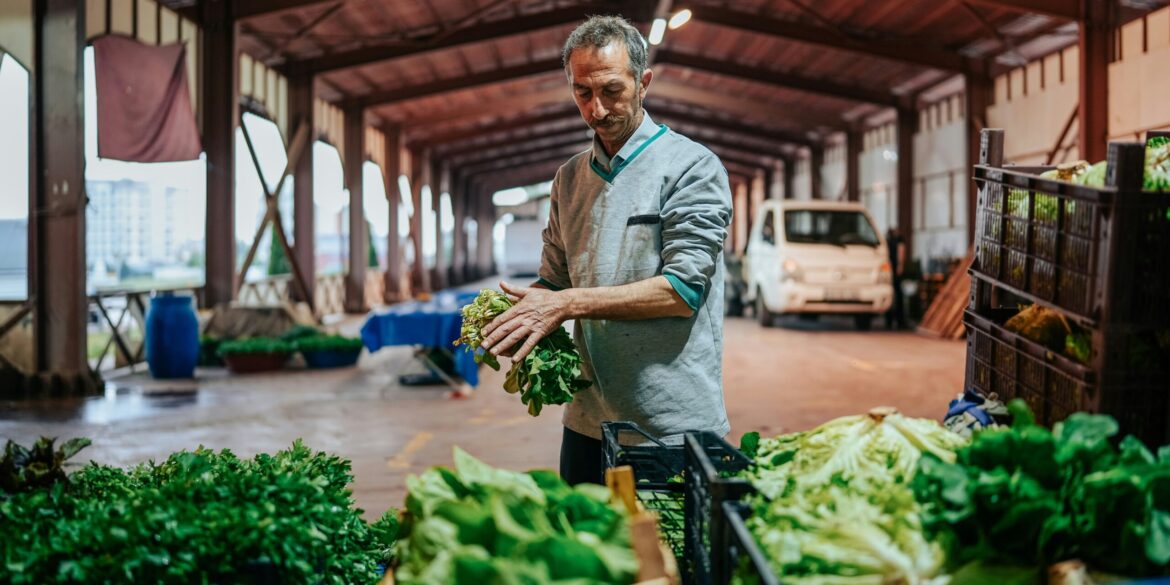In recent years, a noticeable trend has emerged across American communities: farmers markets are reporting stronger attendance, and urban libraries are expanding their cultural access programs. These developments highlight a critical truth: investing in local infrastructure—especially when it comes to food supply chains and public institutions—pays significant dividends for communities. By reinforcing regional agriculture, supporting small-scale producers, and enhancing access to cultural venues, cities have the opportunity to build greater resilience, widen access to essential services, and deepen civic engagement.
When we think about infrastructure, our minds often gravitate toward large-scale federal programs and projects—roads, bridges, and major transportation networks. These are vital to the functioning of society, but it’s equally important to recognize the value of the “everyday assets” that serve our daily lives. These assets—ranging from local food systems to libraries and community centers—have the power to shape our communities in profound ways.
One of the most compelling reasons to invest in local food infrastructure is the ability to support regional agriculture and small-scale producers. These farmers and food artisans often struggle to compete with large, industrial agricultural operations that dominate the national supply chains. However, local food systems provide an opportunity to level the playing field, offering these smaller producers a marketplace that values quality and sustainability over mass production. Farmers markets, for example, create direct connections between producers and consumers, ensuring that local economies thrive and that residents have access to fresh, nutritious food.
Moreover, supporting local agriculture isn’t just about strengthening the economy—it’s also about building a more resilient food system. By investing in regional food infrastructure, we reduce reliance on long and vulnerable supply chains that can be disrupted by everything from natural disasters to global economic shifts. A well-developed local food system allows for a quicker, more flexible response to challenges, ensuring that communities can continue to access food even in difficult times.
Public institutions, such as libraries and community centers, also play an integral role in this vision. Cities across the U.S. are expanding programs that make cultural, educational, and informational resources available to all residents, regardless of income or background. These “everyday institutions” help to foster social cohesion by creating spaces where people can gather, learn, and share ideas. Public libraries, for example, are increasingly offering more than just books—they serve as cultural hubs that provide free access to everything from art exhibits and workshops to technology classes and health seminars. These programs not only enhance individual well-being but also encourage a sense of community and connectedness.
Investing in local infrastructure also enables wider access to opportunities, particularly in underserved areas. In many parts of the country, residents may have limited access to grocery stores that sell fresh, healthy food. By focusing on strengthening local food supply chains and supporting community gardens or farmers markets, cities can improve access to healthy food while simultaneously supporting local economies. Similarly, public institutions like libraries can offer educational programs and resources that help individuals develop new skills, furthering economic opportunity in the community.
Public policy must evolve to support this vision by not only prioritizing large federal initiatives but also enabling networks of local institutions that citizens rely on every day. While national programs can have a large-scale impact, the benefits of bolstering local infrastructure are more immediate and tangible. Investments in these everyday assets lead to measurable improvements in well-being, from better access to healthy food and cultural activities to increased social cohesion and economic mobility.
Cities and towns that invest in local food systems and community infrastructure are building more resilient and self-sufficient communities. By supporting small-scale producers, enhancing access to public cultural venues, and reinforcing local food networks, cities can foster an environment where economic opportunity and civic engagement flourish. This vision is not only good for local economies, but it also strengthens the very fabric of communities, creating spaces where individuals are empowered to thrive.
In conclusion, the power of local infrastructure cannot be overstated. From food systems to public institutions, these assets form the foundation of a healthy, thriving society. By prioritizing investments in these areas, we ensure that communities are equipped to face challenges, create opportunities, and continue to grow in a way that benefits everyone. Investing in local infrastructure isn’t just a smart economic decision; it’s an investment in the future of American communities.

